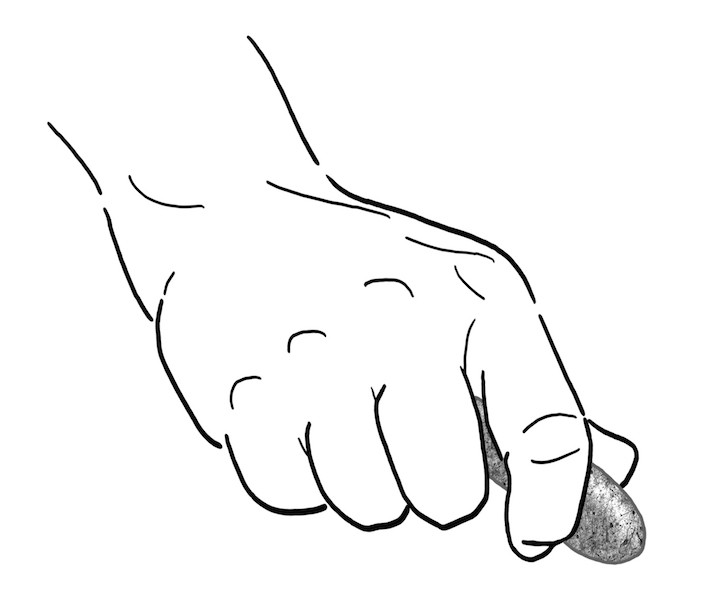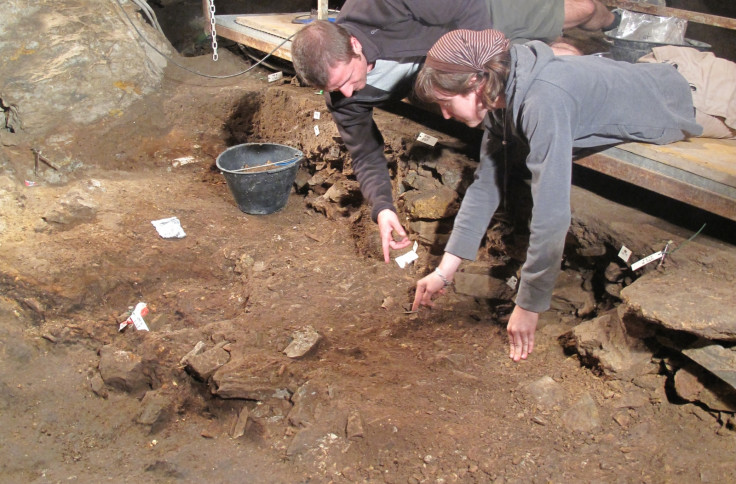Italy: Ancient death rituals uncovered in 13,000-year-old painting stones
The stones were broken to destroy their symbolic power, but the fragments were treasured.
Palaeolithic Mediterranean people broke pebbles which had been used for painting the dead into pieces, leaving part at the burial site and saving part as a keepsake, an archaeological study finds.
A total of 29 fragments of flat, oblong pebbles used to paint the bodies of the dead with ochre were found in the Arene Candide cave in Liguria, on Italy's north-western coast, according to a paper published in the Cambridge Archaeological Journal. The pebbles date from between 11,000 and 13,000 years ago, in the Palaeolithic period.
The process of breaking the stones could have been a way to "kill" the tools after their use in adorning the dead, the archaeologists suggest. This is thought to have been done to have rid the pebbles of their symbolic power. The researchers tried to recreate the fragments they found using pebbles from the nearby beach. Their findings suggest that many of the pebbles were broken with intentional, direct blows to their centre.
"If our interpretation is correct, we've pushed back the earliest evidence of intentional fragmentation of objects in a ritual context by up to 5,000 years," said study author Claudine Gravel-Miguel of Arizona State University, US.
"The next oldest evidence dates to the Neolithic period in Central Europe, about 8,000 years ago. Ours date to somewhere between 11,000 and 13,000 years ago, when people in Liguria were still hunter-gatherers."
Only parts of the stones could be found in the cave. This could mean that the other parts of the stone were taken away as a keepsake or talisman, the researchers argue.
"They might have signified a link to the deceased, in the same way that people today might share pieces of a friendship trinket, or place an object in the grave of a loved one," said study author Julien Riel-Salvatore of the University of Montreal, Canada. "It's the same kind of emotional connection."

The Arene Candide cave is a burial site of about 20 adults and children. Considering debris such as pebbles at famous sites such as this cave is a relatively new archaeological approach.
"Historically, archaeologists haven't really looked at these objects – if they see them at a site, they usually go 'Oh, there's an ordinary pebble,' and then discard it with the rest of the sediment," Riel-Salvatore said.
"We need to start paying attention to these things that are often just labelled as rocks. Something that looks like it might be natural might actually have important artifactual meaning."

© Copyright IBTimes 2025. All rights reserved.





















